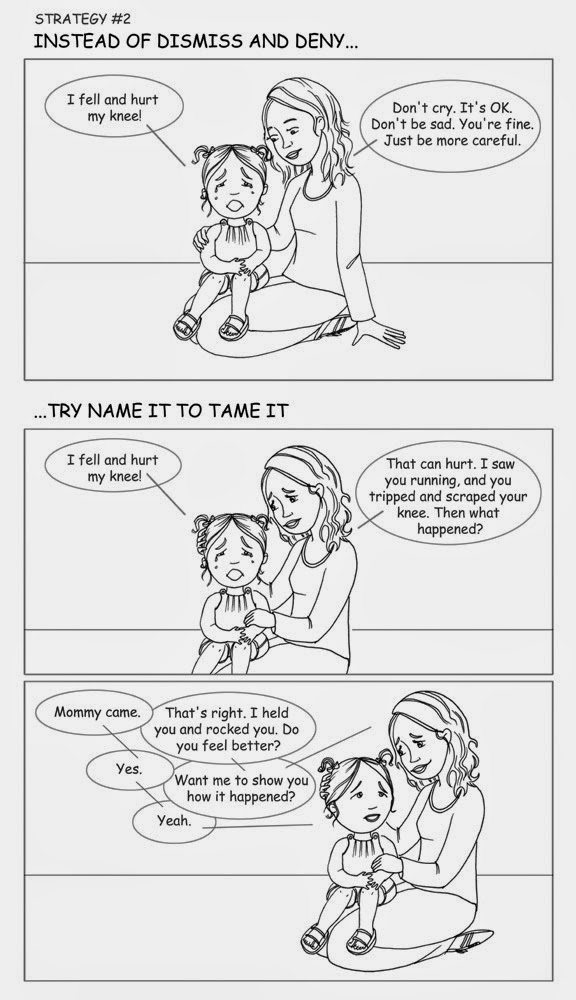But right now the coffee is brewing, the music is playing, and I have a minute to stop and think. I think best through my fingers. I understand best when I write. My children at school know that when they visit me to work through a tricky problem, I'm likely to pull out a sheet of paper and some markers so we can write and illustrate their story together. I tell both my writing students and my elementary students, "Let's get it out of your head and onto the paper. Then we can figure out what to do with it."
There is a scientific brain-based explanation for why writing and telling our stories are such powerful healing modalities. From THE WHOLE BRAIN CHILD by Daniel Siegel and Tina Payne:
The right side of our brain processes our emotions and autobiographical memories, but our left side is what makes sense of these feelings and recollections. Healing from a difficult experience emerges when the left side works with the right to tell our stories… This is what storytelling does: it allows us to understand ourselves and our world by using both our left and right hemispheres together… Research shows that merely assigning a name or label to what we feel literally calms down the activity of the emotional circuitry in the right hemisphere.
Siegel and Payne refer to this storytelling strategy as "Name It to Tame It."
 |
| From Whole Brain Child by Siegel and Payne |
Much of therapy is about telling our stories, making sense of our stories, rewriting our stories - integrating the emotional right with the logical left; the survival downstairs brain with the rational upstairs brain.
On Saturday our therapist pulled out her feelings cards to help Paul name and tame a difficult situation that happened on his Adoption Day. "The Tale of the Applesauce" seems a simple story on the surface, a story in which "Paul overreacts and gets in trouble", but she knew and I knew that there was a deeper and darker subplot.
The therapist primed the pump, helping him recount what happened that day, how it felt, what he thought. "I felt mad and scared and shy." Because what happened? "She tooked my applesauce." What did you do? "I yelled. I'm not supposed to yell. Then I felt shy." You felt shy? "Because I was in trouble."
"Those are big feelings. Thank you for telling me. I wonder if your brain remembered other times when someone took something that was special to you?"
He was noncommittal. "Maybe."
On the way home, in the quiet cocoon of the car, Paul shared "The Tale's" prequel - "When We Were Hungry and I Had to Protect Our Food".
"You felt hungry and scared and mad when the big boys tried to take your food. You had to yell and fight and run away to feel safe," I said. "I wonder if your brain remembered those mad and scared feelings when she moved your applesauce. Your brain is still learning that now you are safe, now you have enough to eat, now no one is going to steal your food."
As if to emphasize the point, we pulled through the Chick-fil-A drive-through.
Paul was quiet, watching the cars and people moving in and out of the restaurant, watching as the ever-friendly Chick-fil-A staff handed us our food, wished us a happy day. Then, "She wasn't tooking it. She was just moving it. TRANSFERRING it."
"That's right! She was transferring it. You are helping your brain learn that taking and transferring are different."
Paul grinned, that mischievous twinkle in his eye. "Mom?"
"Hmmm?"
"Can I transfer the strawberries in your fruit cup to my fruit cup?"
"Are you transferring my strawberries or TAKING my strawberries?"
The grin widened. "Taking!" Pause. "Can I? Please?"
"Absolutely."
 |
| The serious business of bringing in the harvest. May 2013 |
No comments:
Post a Comment